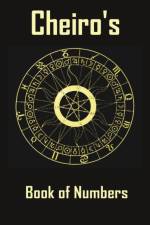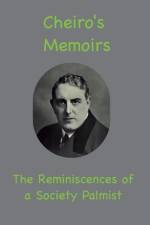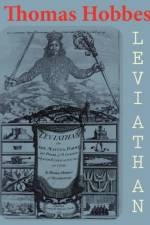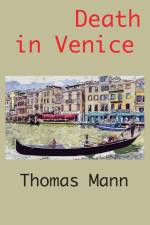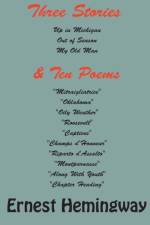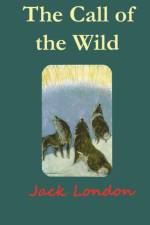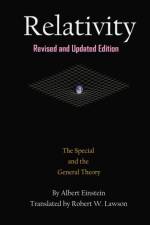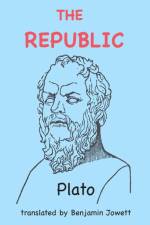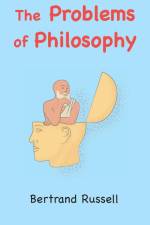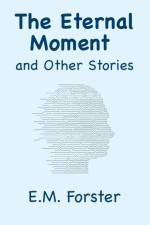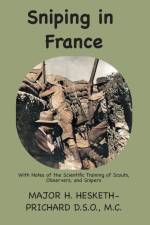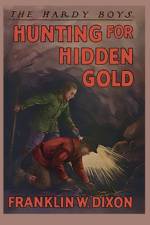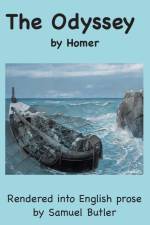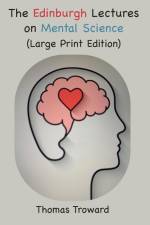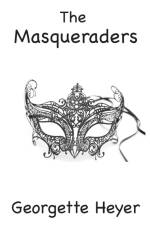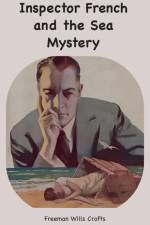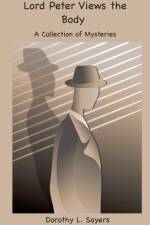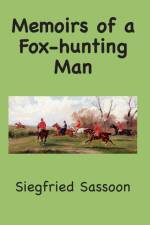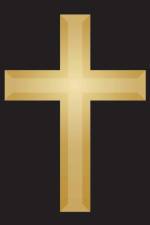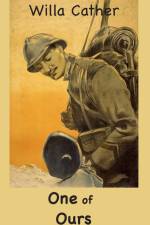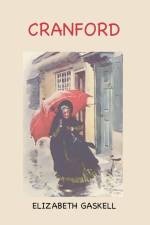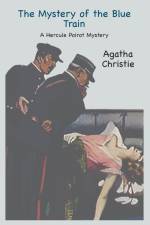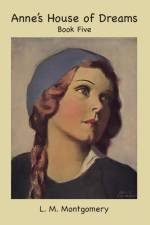von Cheiro
22,00 €
Cheiro had a wide following of famous European and American clients during the late 19th and early 20th centuries. He read palms and told the fortunes of famous celebrities like Mark Twain, W. T. Stead, Sarah Bernhardt, Mata Hari, Oscar Wilde, Grover Cleveland, Thomas Edison, the Prince of Wales, General Kitchener, William Ewart Gladstone, and Joseph Chamberlain. He documented his sittings with these clients by asking them to sign a guest book he kept for the purpose, in which he encouraged them to comment on their experiences as subjects of his character analyses and predictions. Of the Prince of Wales, he wrote that "I would not be surprised if he did not give up everything, including his right to be crowned, for the woman he loved." Cheiro also predicted that the Jews would return to Palestine and the country would again be called Israel.This memoir accounts of his interviews with King Edward VII, William Gladstone, Charles Stewart Parnell, Henry Morton Stanley, Sarah Bernhardt, Oscar Wilde, Professor Max Muller, Blanche Roosevelt, the Comte de Paris, Joseph Chamberlain, Lord Russell of Killowen, Robert Ingersoll, Ella Wheeler Wilcox, Lillie Langtry, W. T. Stead, Richard Croker, Natalia Janotha, and other prominent people of his era.The book Titanic's Last Secrets includes a detailed account of one of Cheiro's palm readings with William Pirrie, chairman of Harland and Wolf, builders of the Titanic. Cheiro predicted that he would soon be in a fight for his life, talking about the battle surrounding the Titanic sinking.

